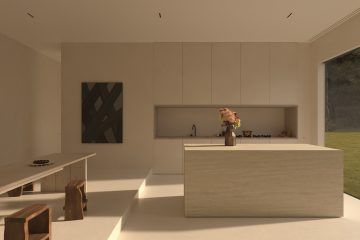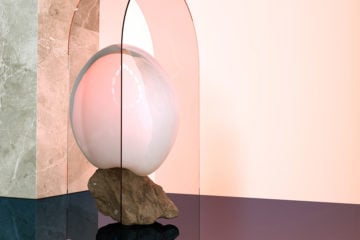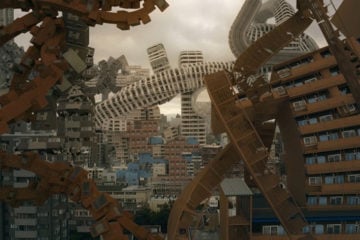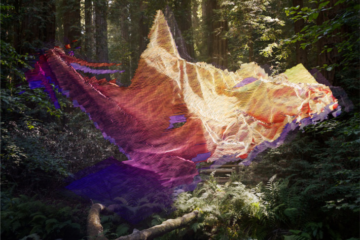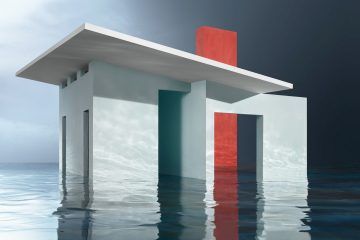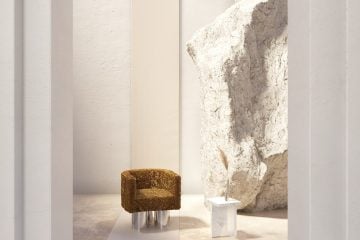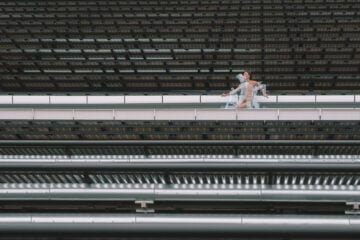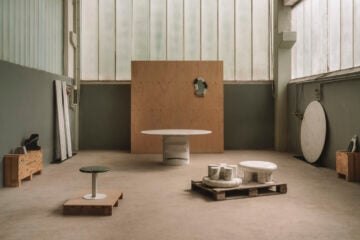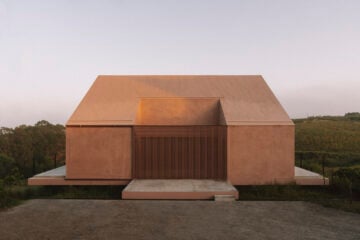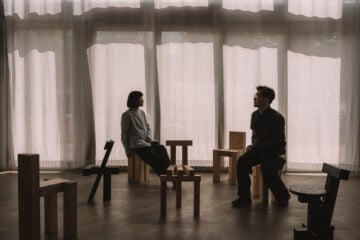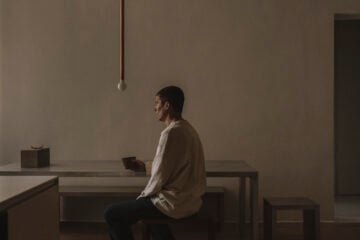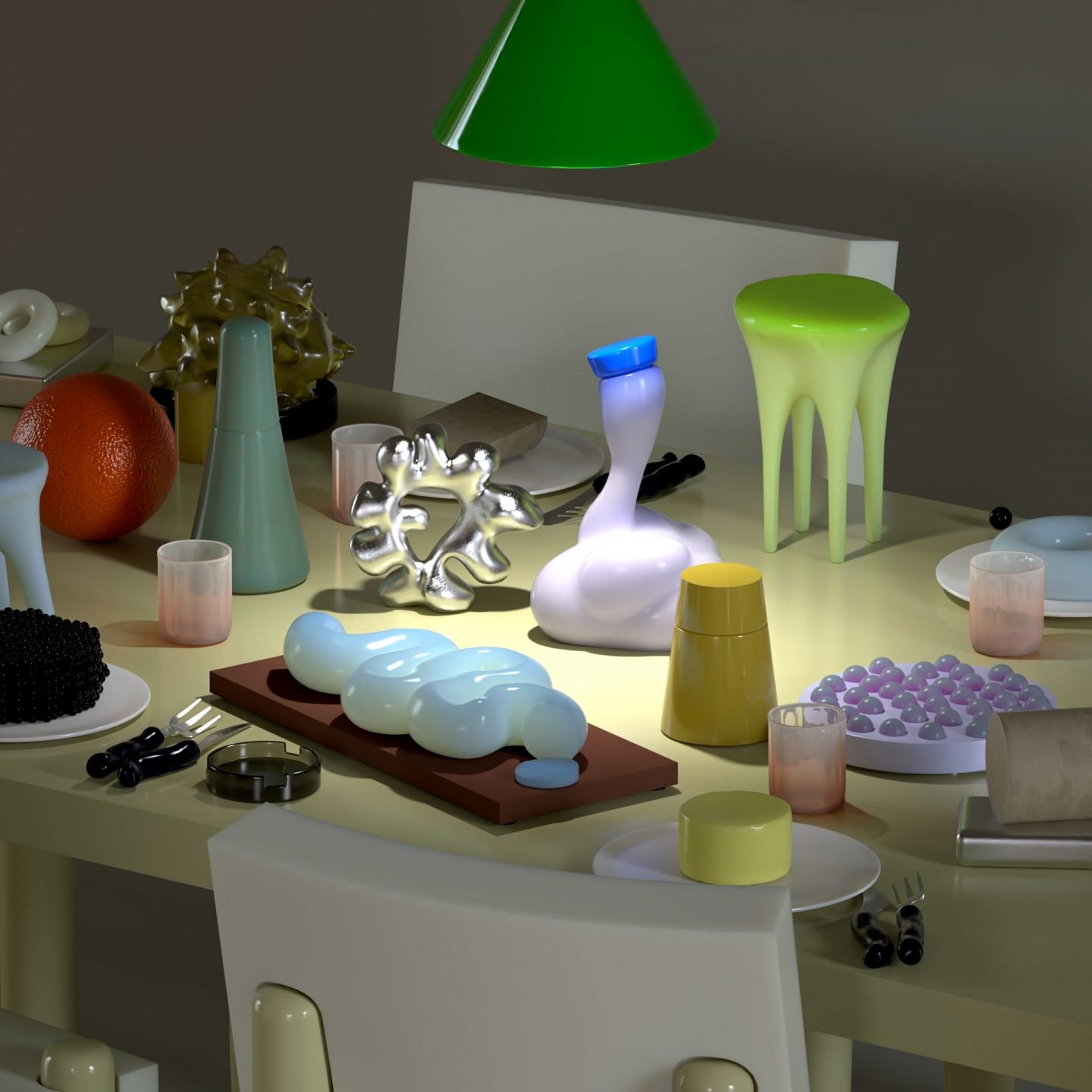
Wang & Söderström On Broadening The Aesthetics And Meanings Of The Digital
- Name
- Wang & Söderström
- Words
- Devid Gualandris
Since its inception in 2016, Copenhagen-based multidisciplinary design studio Wang & Söderström has made it its mission to expand digital capabilities, engaging viewers in unexpected visual and spatial experiences that leave them eager to explore their senses further. After debuting their short film ‘Rehousing Technosphere’, which premiered online last week, we caught up with the couple behind the practice to learn more about their work and how their mind-tickling digital experiences may challenge our perception.
We have followed the digital creative studio ever since we first highlighted their 3D printed designs back in 2018. Years, exhibitions, and many intriguing projects later, and the captivating duo has been back on our radar with their recently exhibited show in Copenhagen—a successful art experience and mindscrew, all at once. Experiencing their art—no matter the medium and form—is like watching a dream play out, feeling both familiar and surreal. It is whimsical, sensuous, and playful, yet always charged with emotive and figurative expressions. Navigating the fine line between digital art and design, the creative couple, composed of spatial designer Anny and architect Tim, combine the potential of materiality with the power of technology to portray digital and ecological shifts through beguiling objects and visual experiences. This may sound complicated, so we passed it off to them to break it down for us.
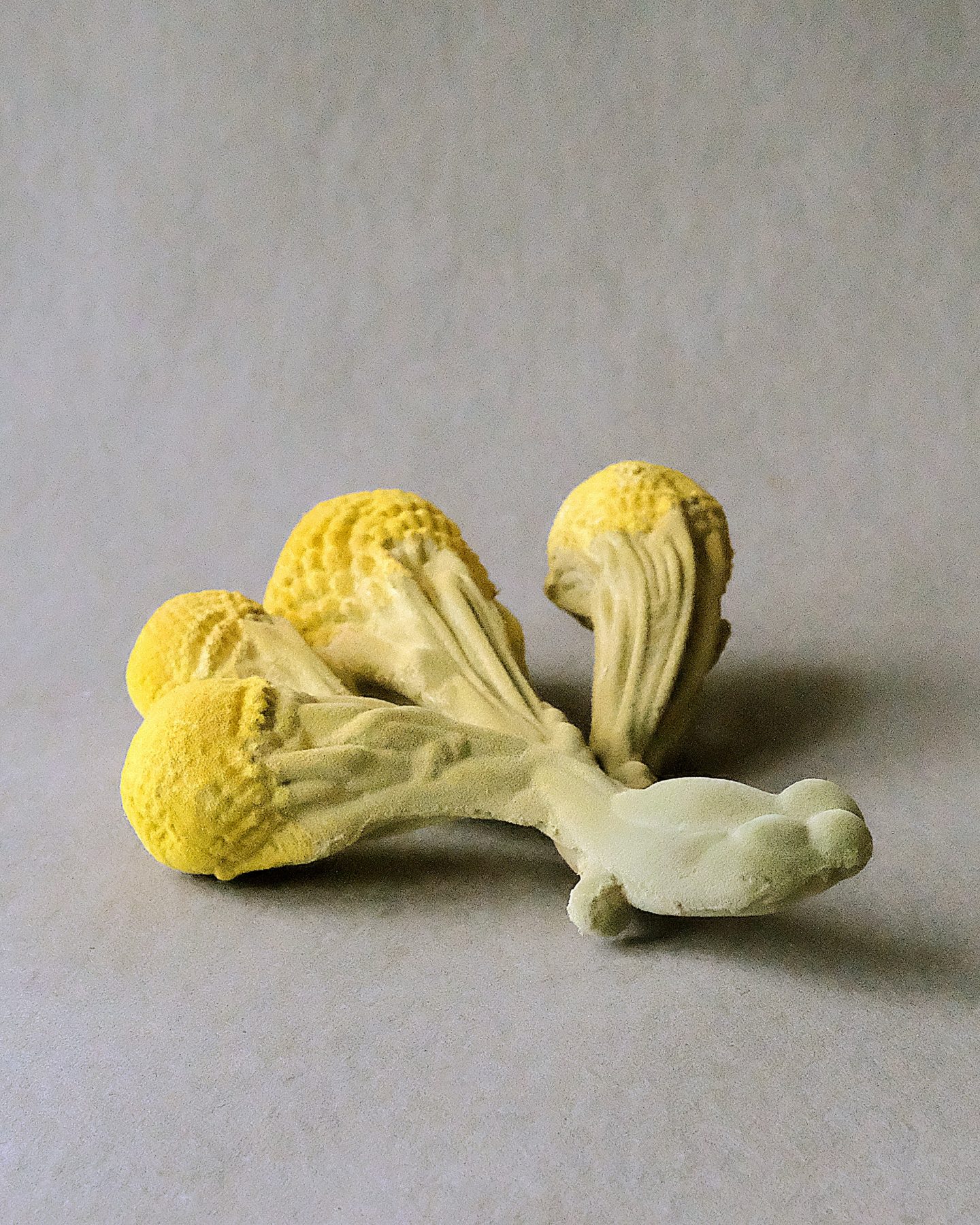
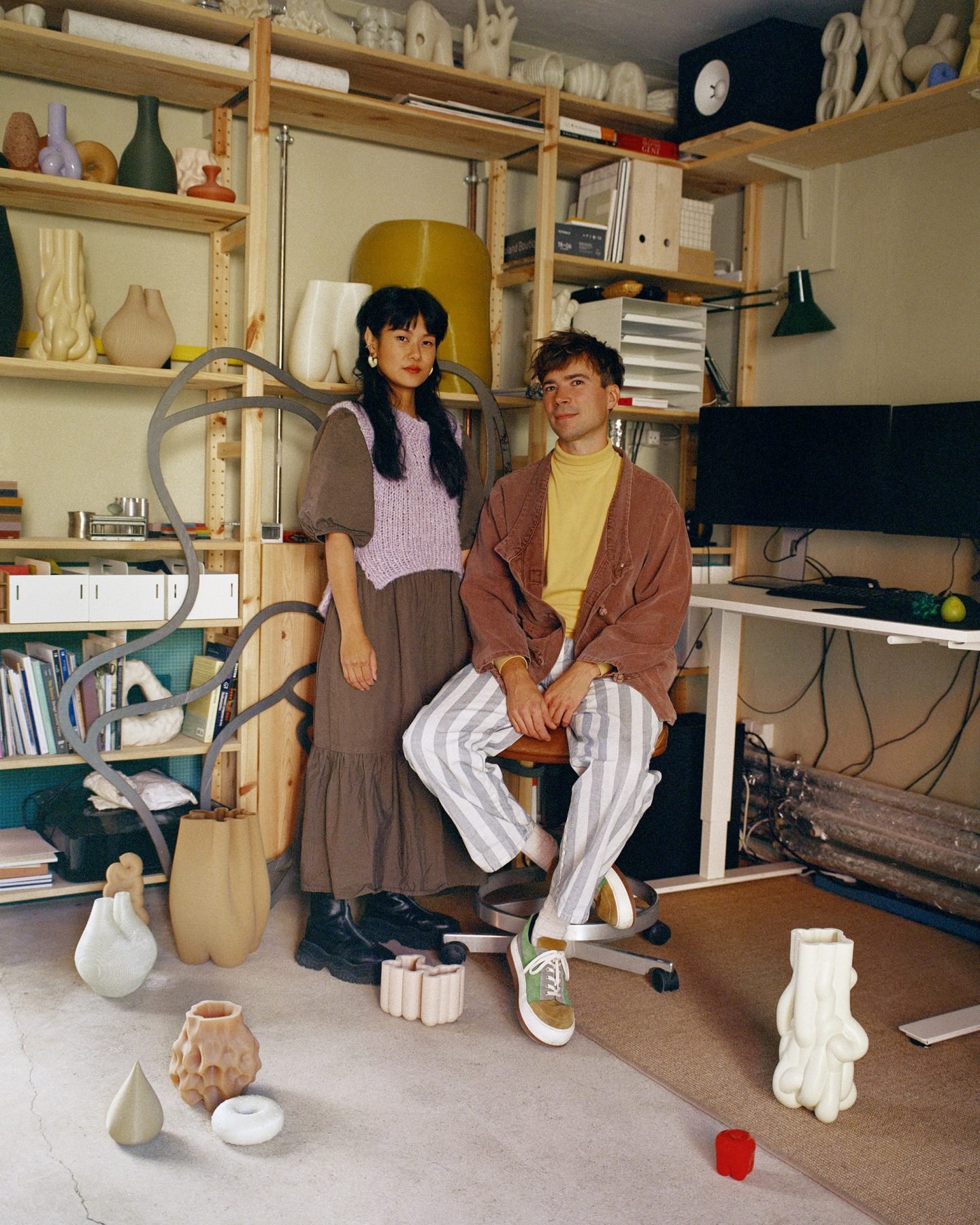
Image © Luke & Nik
"We found [3D art] a very intuitive medium to express our ideas and thoughts. Suddenly, we could challenge ourselves and our perceptions"
Digital art has always been fascinating to the Sweden-born couple. Their interest in 3D software goes back to their university years, when the two were first introduced to digital tools, primarily as drawings and renderings of spatial and architectural views. Though attending institutions in separate cities—Tim studied architecture in Copenhagen and Anny spatial design in Gothenburg—the two would play around with computer-assisted design programs during weekends and nights, exploring the material and animation section and experimenting with surreal renderings. “We found it a very intuitive medium to express our ideas and thoughts,” says Anny, over Zoom. “Suddenly, we could challenge ourselves and our perceptions while, at the same time, use knowledge from our studies, such as the sense of space, scale, and materiality.”
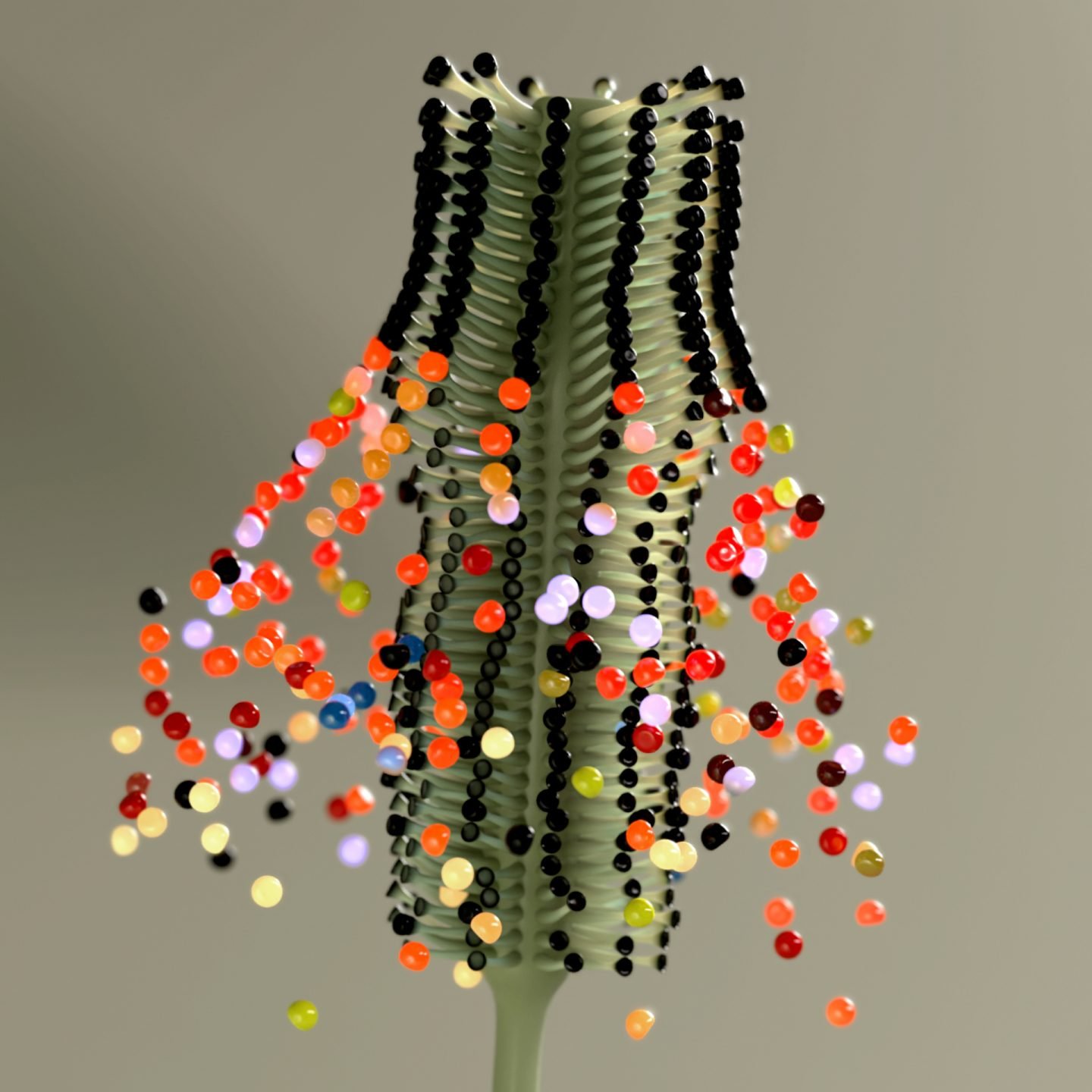
Though collaborating creatively has been with them from the start, Wang & Söderström was born as a studio only in 2016. Up to this day, their conjoined forces are the key to their success. Romantically together since 2012, the couple admits challenging each other’s creative visions daily, helping each other and regularly switching seats to ensure both are working and fiddling with every project. “Tim has a fearless approach to exploring new ways of using digital tools and assets,” says Anny. “He is always keen on learning new things and really pushing us forward as a practice. I’m impressed by his driving force and crazy mind—it makes it really fun to work with him,” she adds with pride. “Anny dives into details and nuances in the work,” Tim is quick to jump in. “Everything from the color shade to the shape’s angle or the wording in forming the concept. At the same time, she has the ability to think about the bigger picture.”

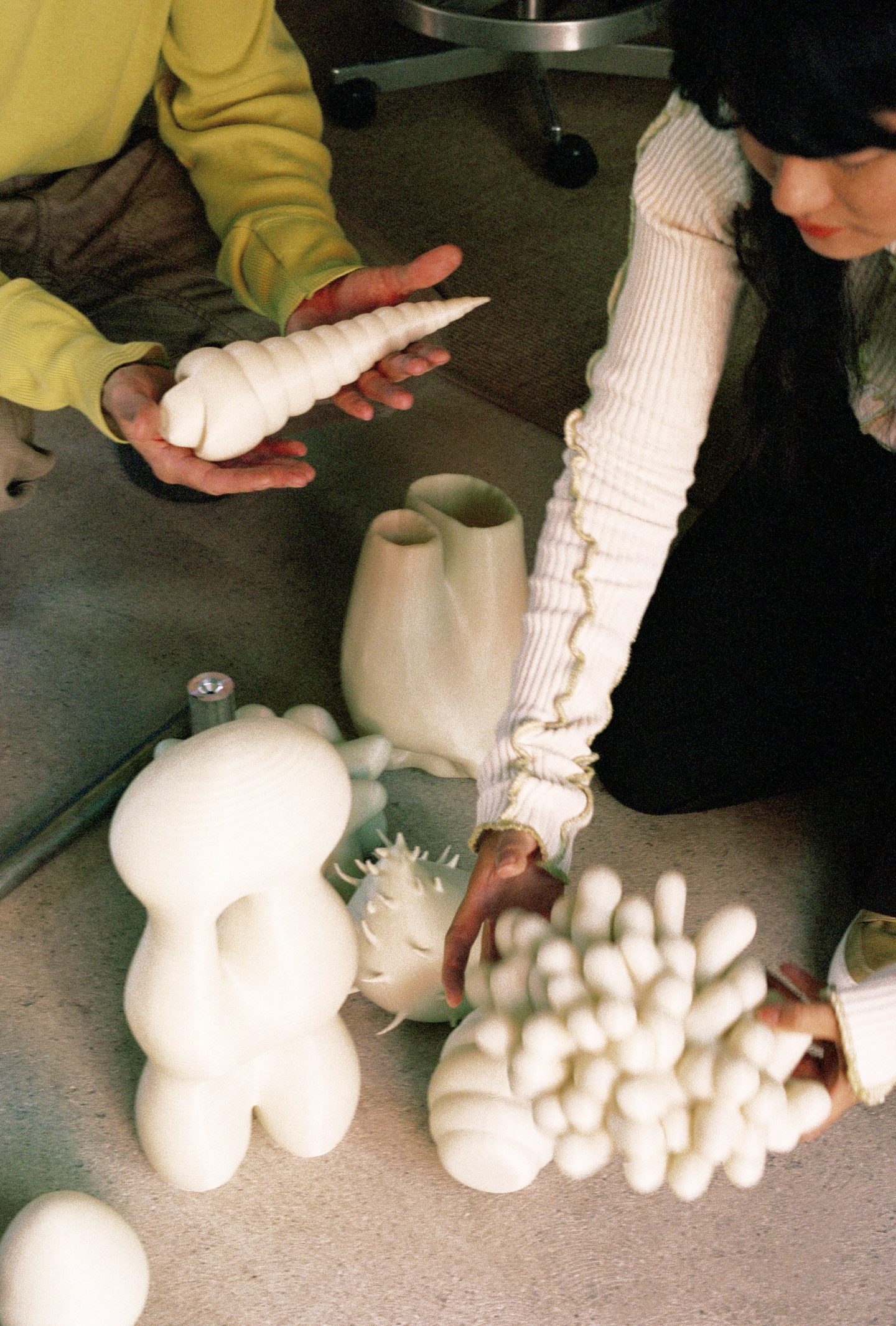
Image © Luke & Nik
Digital work is an intrinsic part of Tim and Anny’s practice. Across a wealth of formats, their studio proposes rare sensorial experiences, with works that combine references from the real world with surreal materials and textures, intending to reshape what surrounds us and create something genuinely new. “Our inspirations are found in technological advancement, in society, and nature in general. We like to reflect upon how the world is changing through technology,” explains Tim. Yet, since the studio’s inception, the couple has always kept one foot in the digital realm, and one in the physical. Besides hyperreal 3D animations and illustrations, their work regularly ventures into tangible, physical objects—from design products to set design. “Making physical objects requires blueprints and different designs for different materials and approaches,” explains Anny. “It is a way of understanding our surroundings, which is still as important in a digital space. We have our physical bodies, and we appreciate being able to place ourselves in the context of what we see and experience,” she continues. “3D printing has a huge potential as a manufacturing tool, and a lot of great research goes into what materials we can print with,” adds Tim. “But the second it is printed, it becomes ‘only’ a physical object and loses all the qualities it had in the digital. It only preserves a symbolic digitality deriving from a digital past relative.”
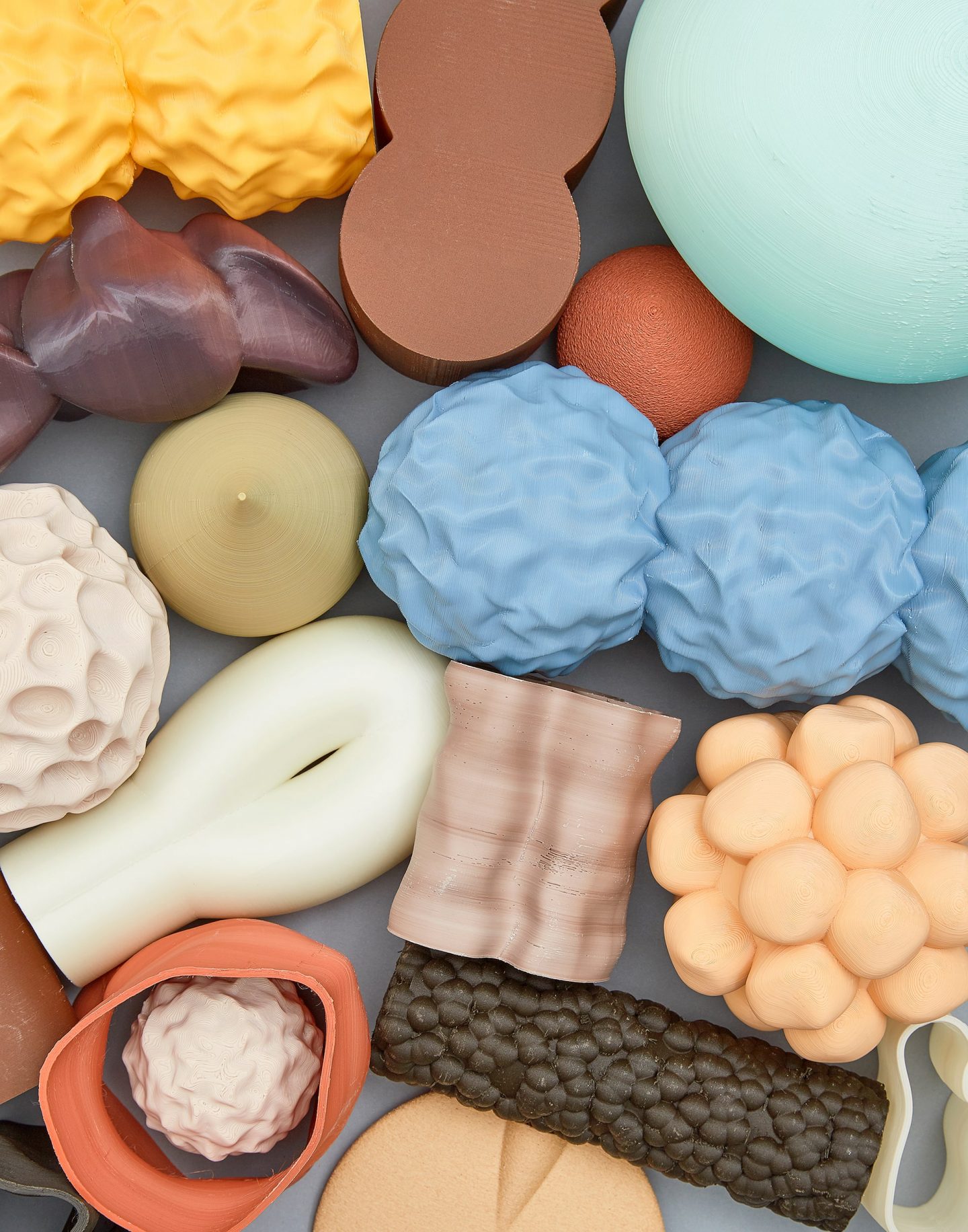
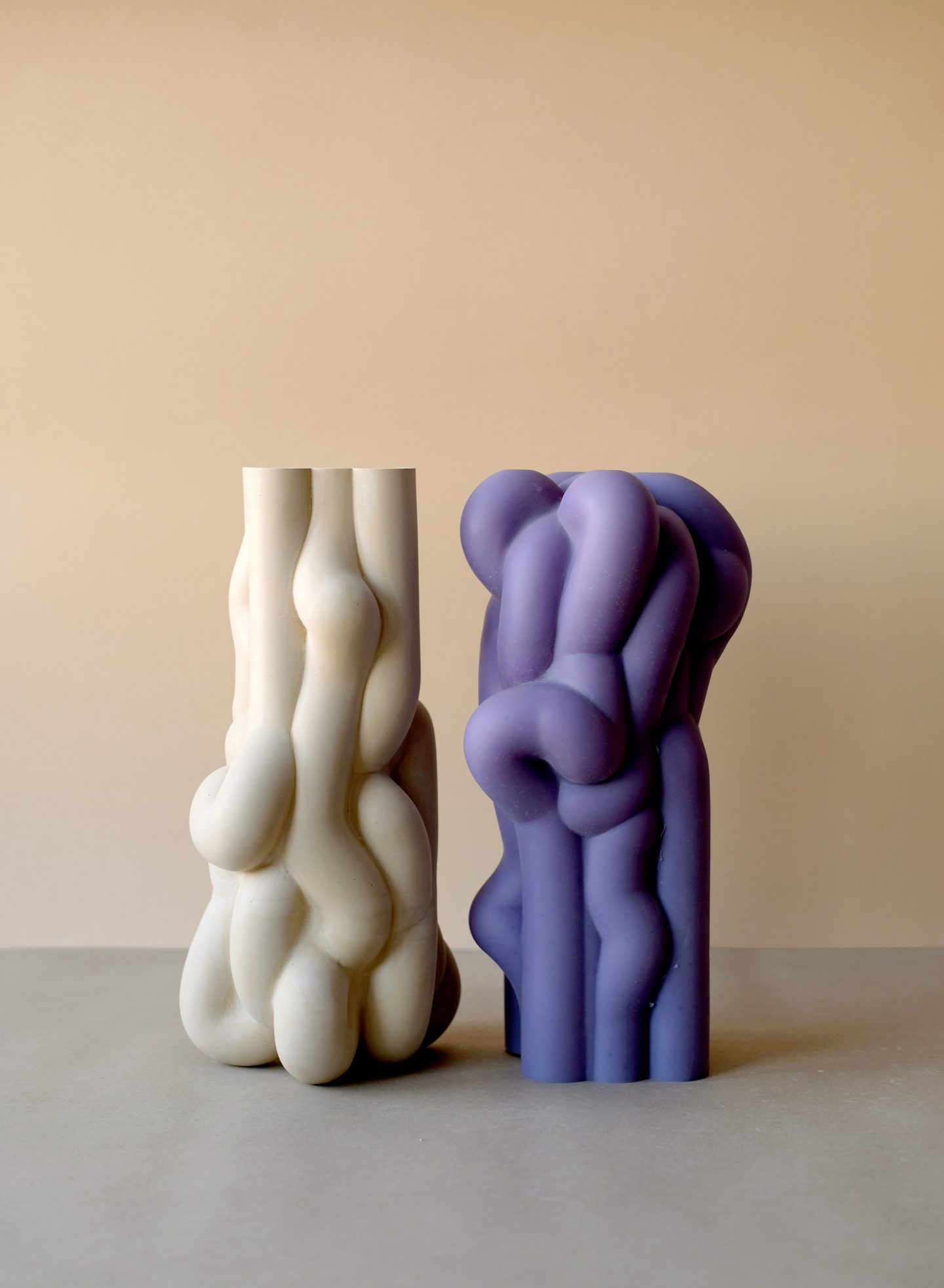
"We wish to challenge the existing conventions on the digital and explore ways to integrate digital elements in our lives, not to replace the real world, but to help enhance it"
For Anny and Tim, the digital and the physical are intertwined—they may have different rules, possibilities, and limitations, but the two are never separate. The duo is interested in navigating the two realms equally, pushing the boundaries between them and bridging the conventional divide. “We have no preconceived ideas about making something unreal feel real, or vice-versa,” explains Tim. “The space between digital and physical is relatively new, so we believe there is a lot of unexplored potential to be found there. It is an important place to be in while the digital world unfolds.” The couple’s interest lies in working with materials, textures, and shapes as an aesthetic exploration, “as part of stretching what digital can be, feel, or look like,” adds Anny. “We live in a time where digital technology is moldable. We wish to challenge the existing conventions on the digital and explore ways to integrate digital elements in our lives, not to replace the real world, but to help enhance it.”
That digital art has the exquisite potential to alter perceptions while creating new relations with technology is no news. “Humans are inherently sensory and emotive beings,” says Tim, “so when viewers experience our work—either digital or physical—we, of course, wish to reach their emotions and trigger their senses. But it can also be just planting a seed on what digital can look like.” Exploring the visual impact, the memories, and the associations between the before and after a visual experience is what Wang & Söderström are really after. “We wish to broaden what digital can be. How we think digital looks and feels is important, because how we think about technology shapes how we build and use it,” adds Anny.
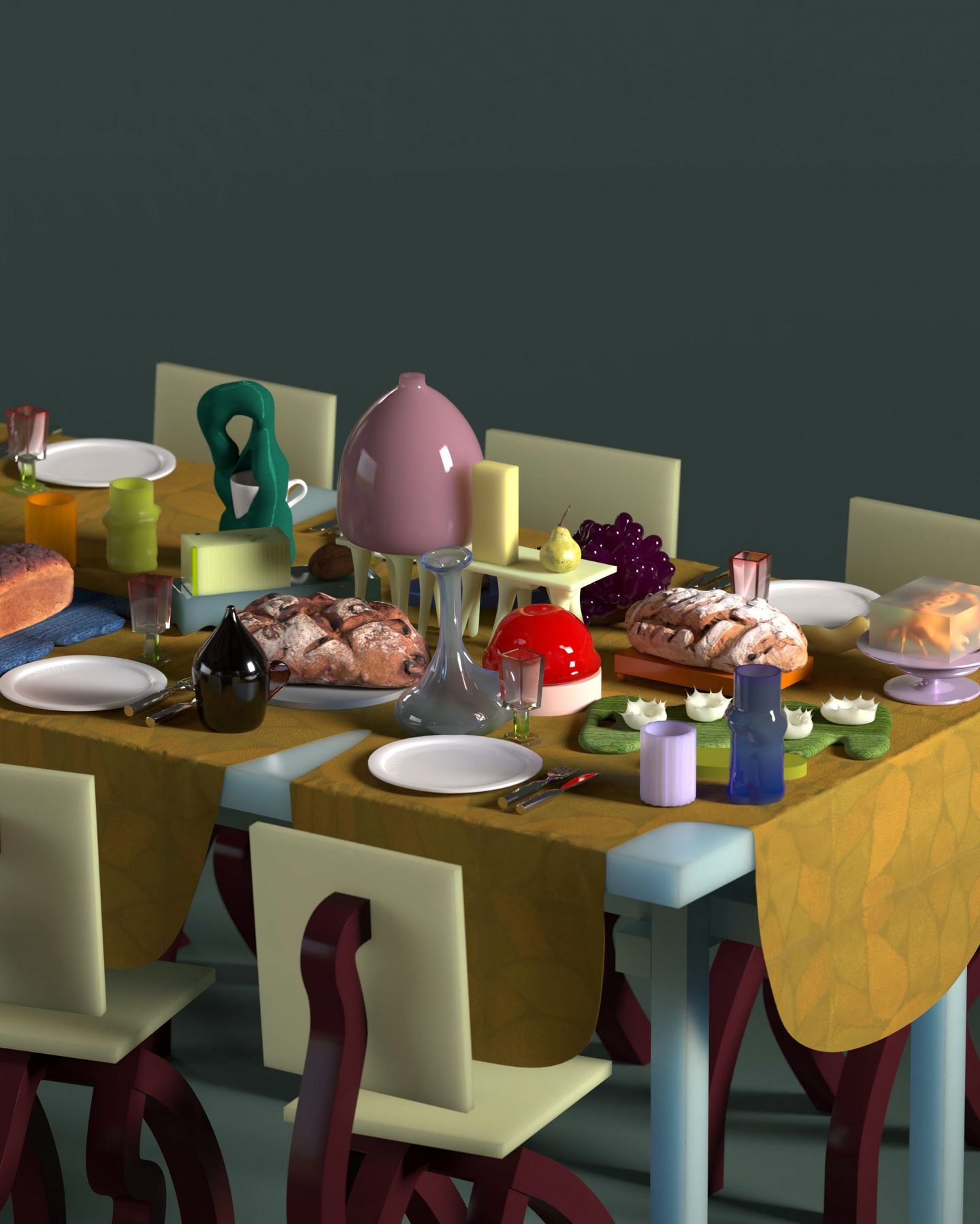
“The potential in the digital world is how it connects people around the world, how it builds ideas in layers that, today, are almost exclusively reachable through a screen,” reflects Tim; “we, however, believe in a more tactile future.” In their works, the creative duo emphasizes the emotional and tactile side of materials, objects, and textures, evolving senses like taste and touch, in hopes of lending the digital a more human and relatable quality; highlighting, in the process, the digital’s potential to create meaningful connections. “It is a way for us to explore and understand what the integration of technology in our lives might mean for us humans and our senses,” says Anny.
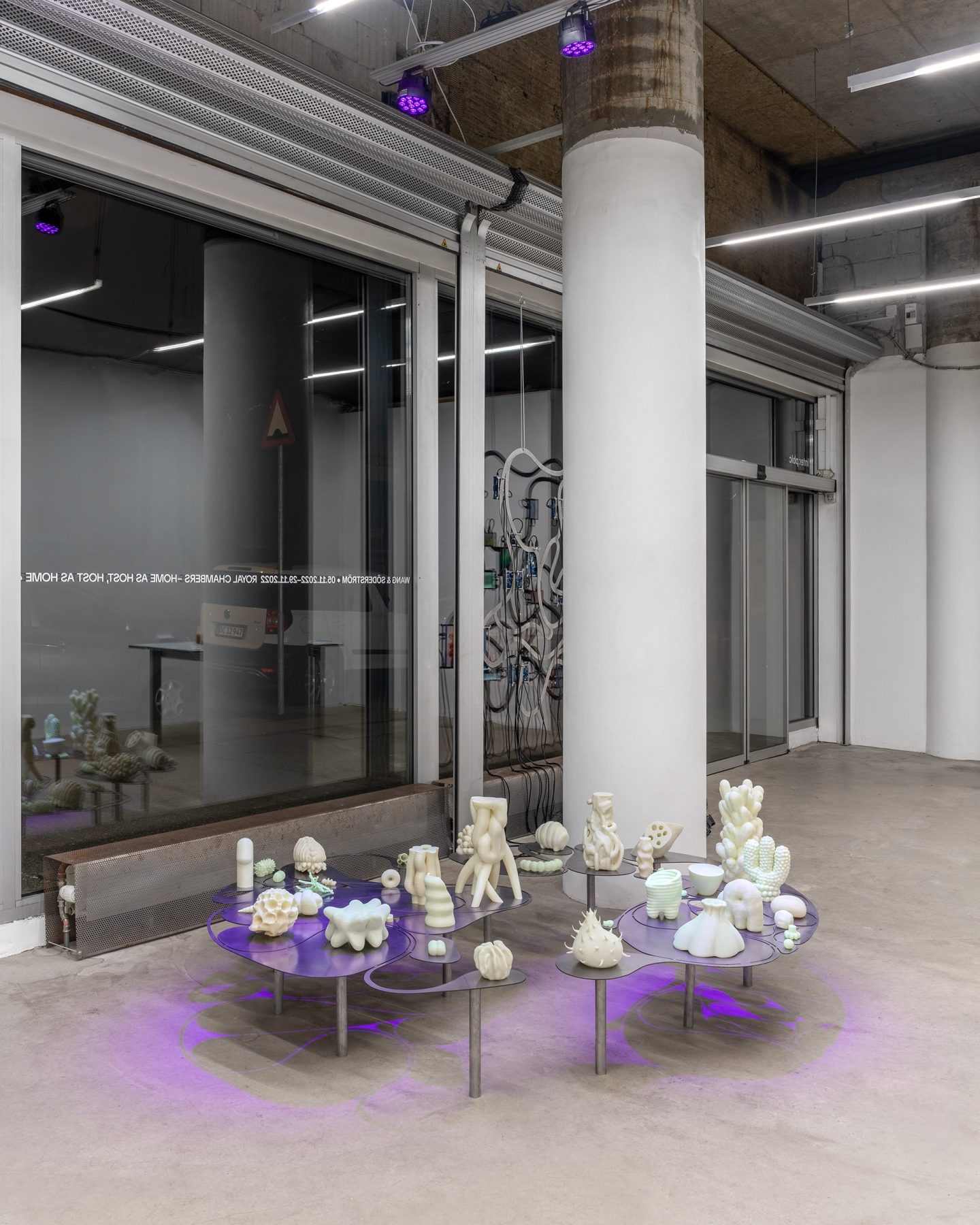
Image © David Stjernholm
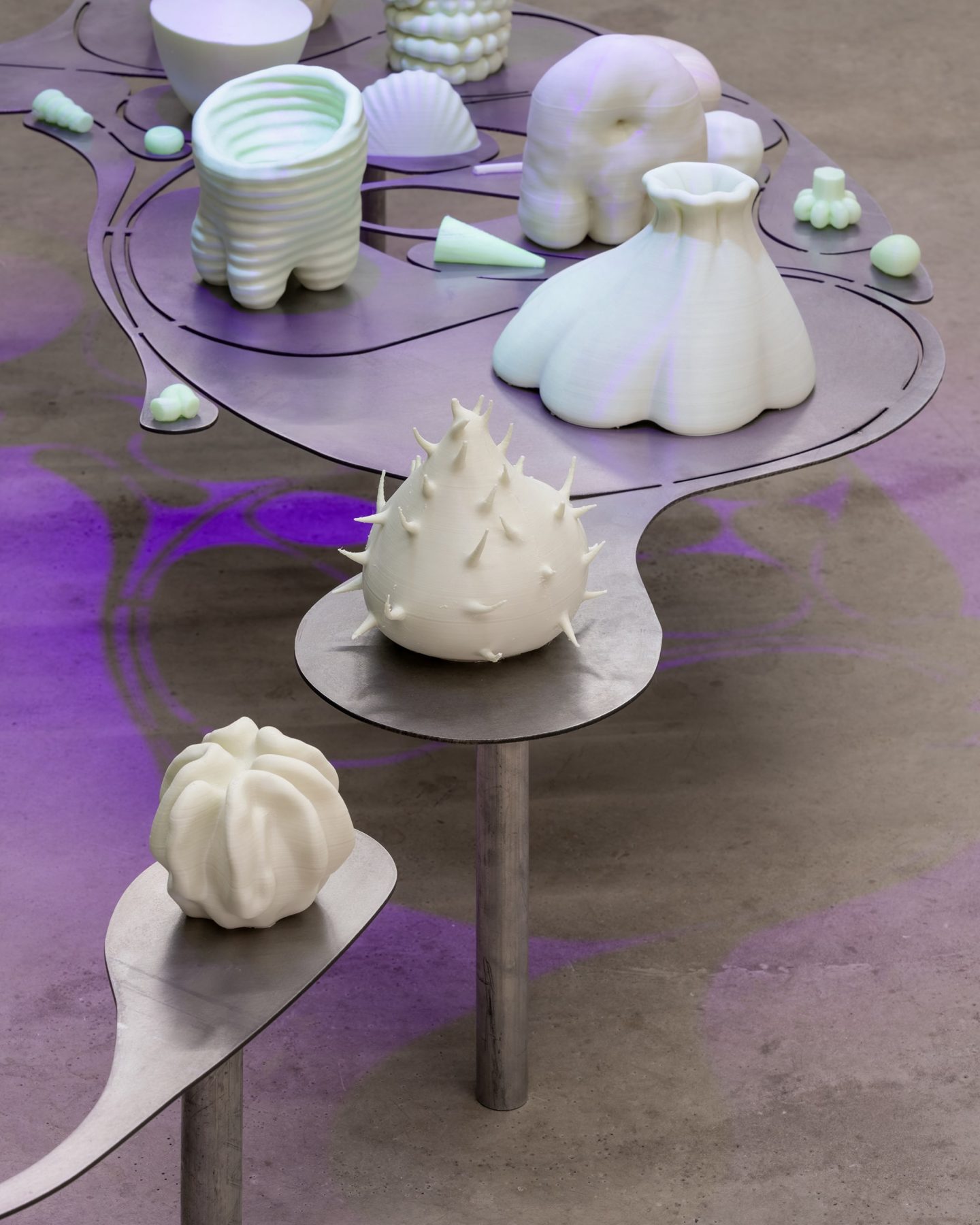
Image © David Stjernholm
Their latest exhibition in Copenhagen, ‘Royal Chambers—Home as Host, Host as Home’, did precisely that: it investigated our relationship with digital and natural developments, examining notions of life and living by way of sculpture, interactive installation, and visual media. “The project put our human gaze towards the digital and environmental shifts from a perspective and a world we wish to unfold, that of home,” explains Tim. “It explored different types of homes, offering a holistic perspective of human, non-human, and digital lives. It meditated on how digital technology is intertwined with the physical world through works that aim to expand what home and living mean,” he continues. The work ‘Wh331 0f 1!f3’, for example, highlights the vulnerability of our digital presence as we follow computer viruses navigating the wheel to attain digital nirvana. “The interactive installation ‘Nest of You’ instead draws parallels between the power of technology giants and giant queen ants in the context of society’s routine-based flows, which feed the giants,” explains Anny.
Offering a broader, more integrated idea of home, care, and connection, the project highlights a more nuanced notion of life—one in which Earth becomes a home of a scale too difficult to decipher in its interwoven fullness, and the digital world becomes animal, soft, and peculiarly sensual, both highlighting and subverting the organic at the same time. “The project is to be extended into a book, which is to be released this spring,” Tim is proud to point out, revealing how themes of invisible life and structures in the digital space as well as in nature—including forces like microbes, technofossils, virus attacks, habitats, data harvesting, parasites, and more—will be further expanded. “The book will include essays from five contributing writers and unfold the term ‘home’ even more, as a multifaceted ecosystem.”
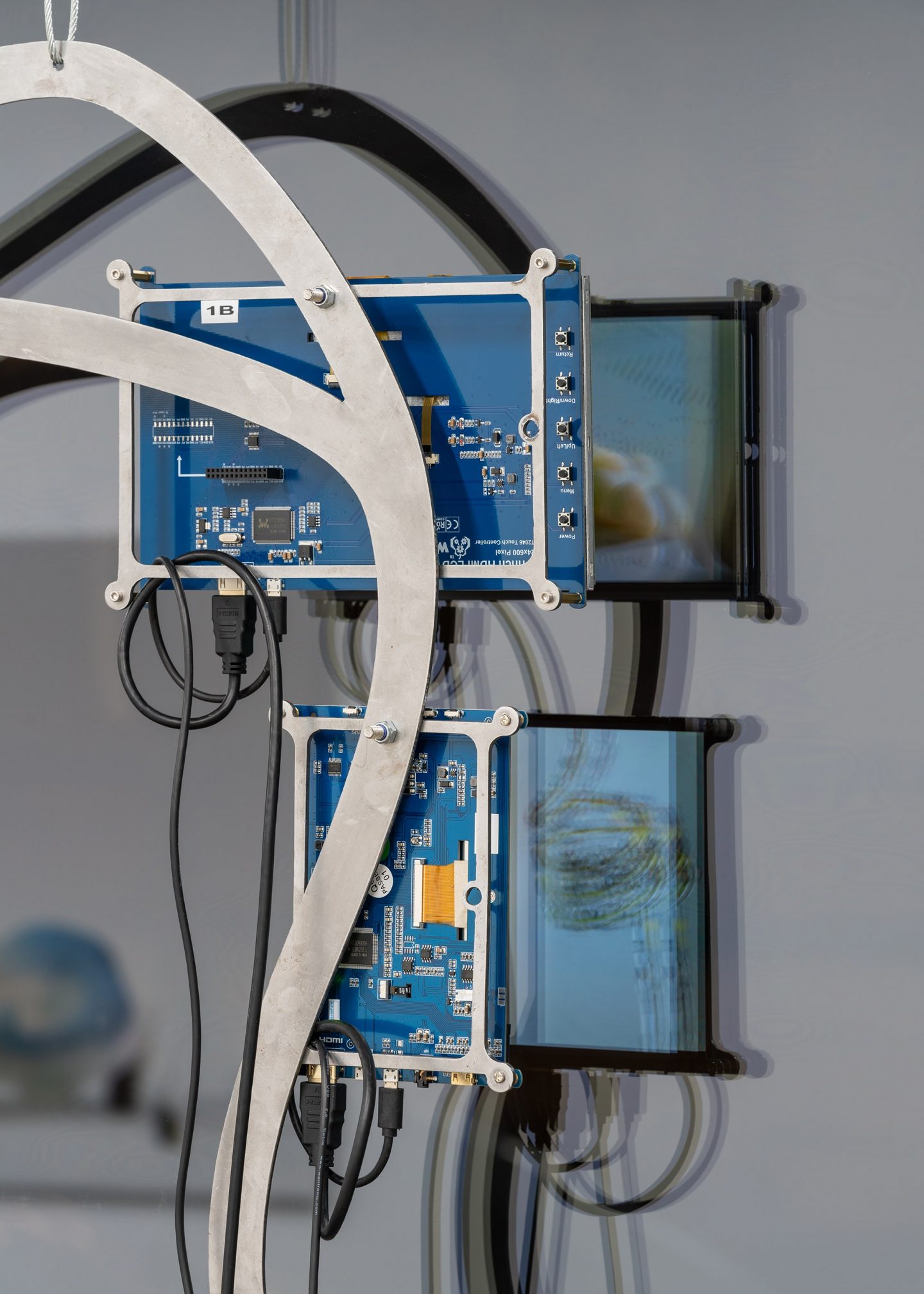
Image © David Stjernholm
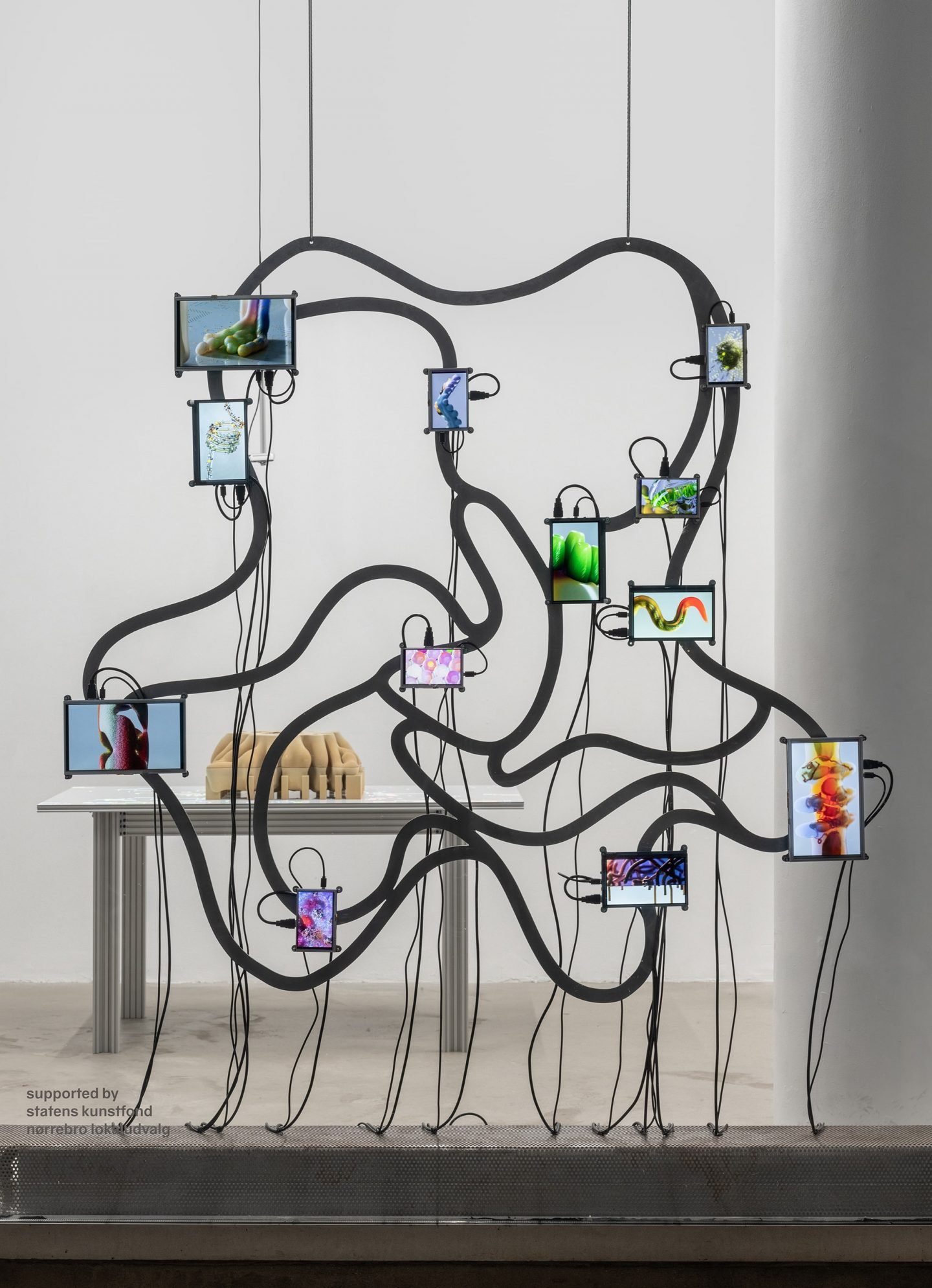
Image © David Stjernholm
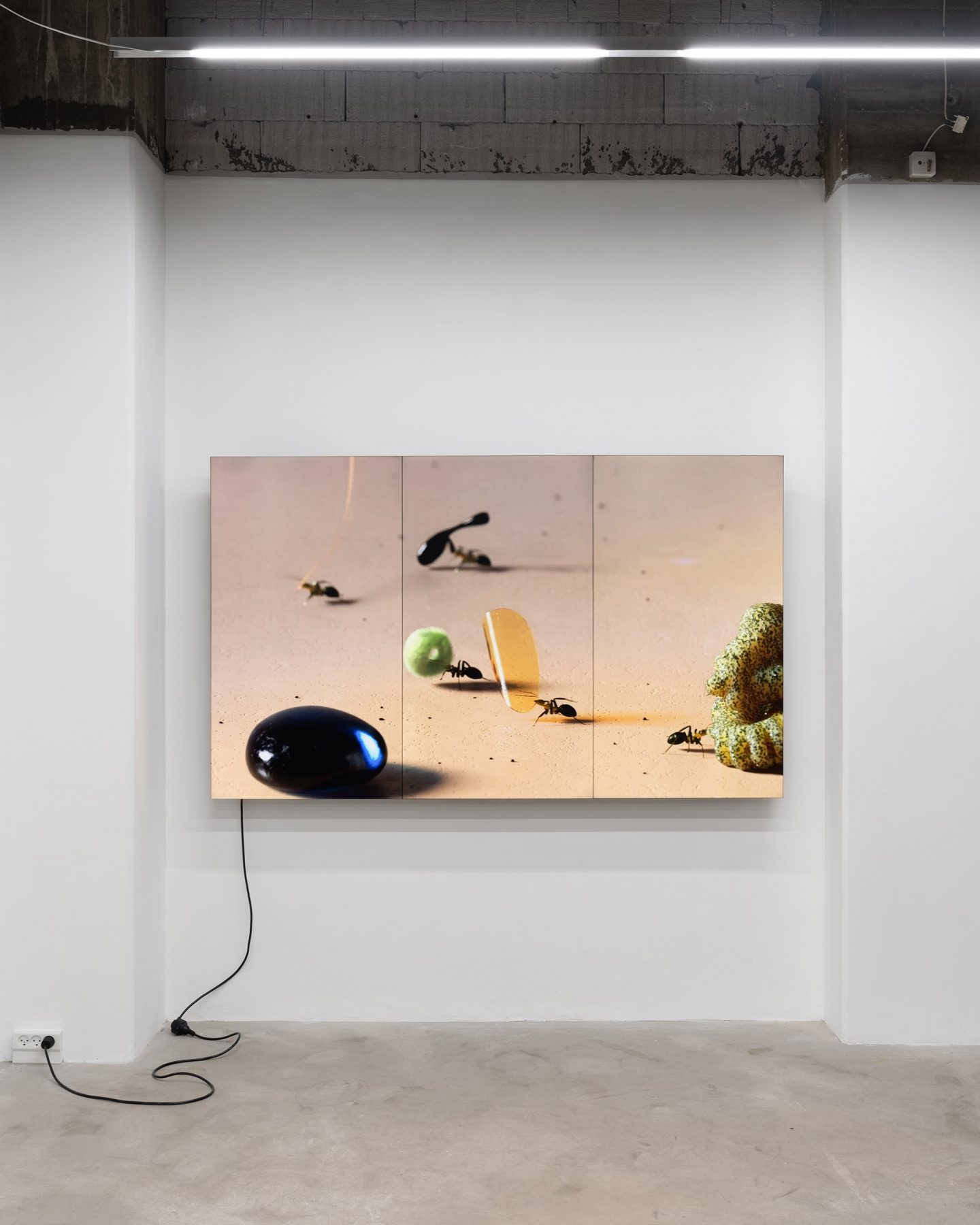
Image © David Stjernholm
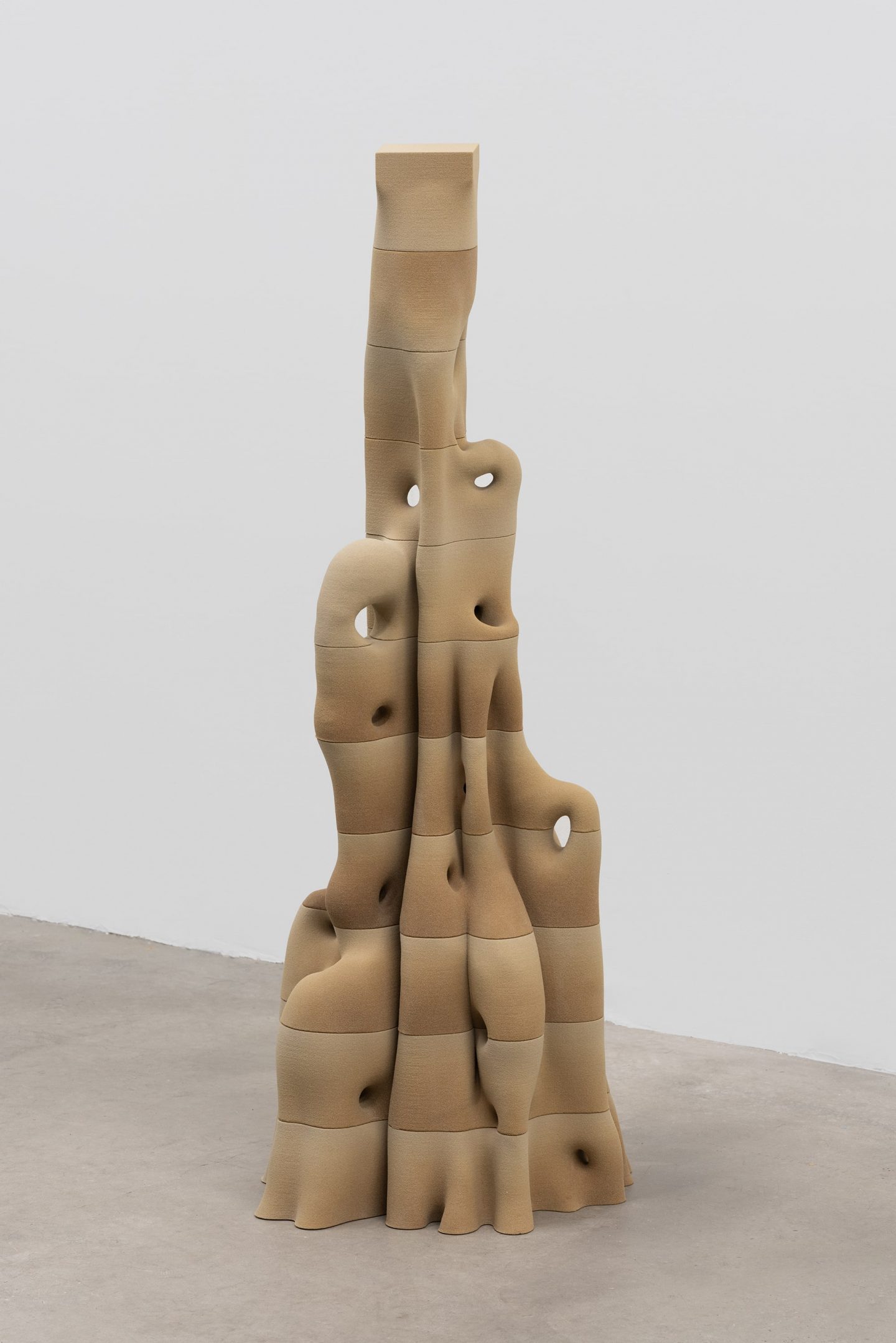
Image © David Stjernholm
With projects like ‘Royal Chambers’, Wang & Söderström have proved to be part of a new generation of digital creatives who are shaping new aesthetics and experiences of the digital, evolving alongside the very software medium with which they work. Today, digitally created, impossibly perfect interiors and objects are becoming increasingly popular. A scroll through Instagram will immediately confirm that feeling. Seductive and sleek, they hold the promise of an ever more visually sophisticated and technologically advanced future for creative fields such as design, architecture, and art at large. “It’s a joy to see the new generations really showing what can be done with these new tools,” says Anny; “CGI is a really powerful Swiss Army knife—a set of new tools that can take most things to new heights. If we remember our old ways of crafting and respect the masters and their knowledge, the future of CGI shines exceptionally bright. However, if we foolishly believe all solutions are to be found within the digital, the future seems dull.”
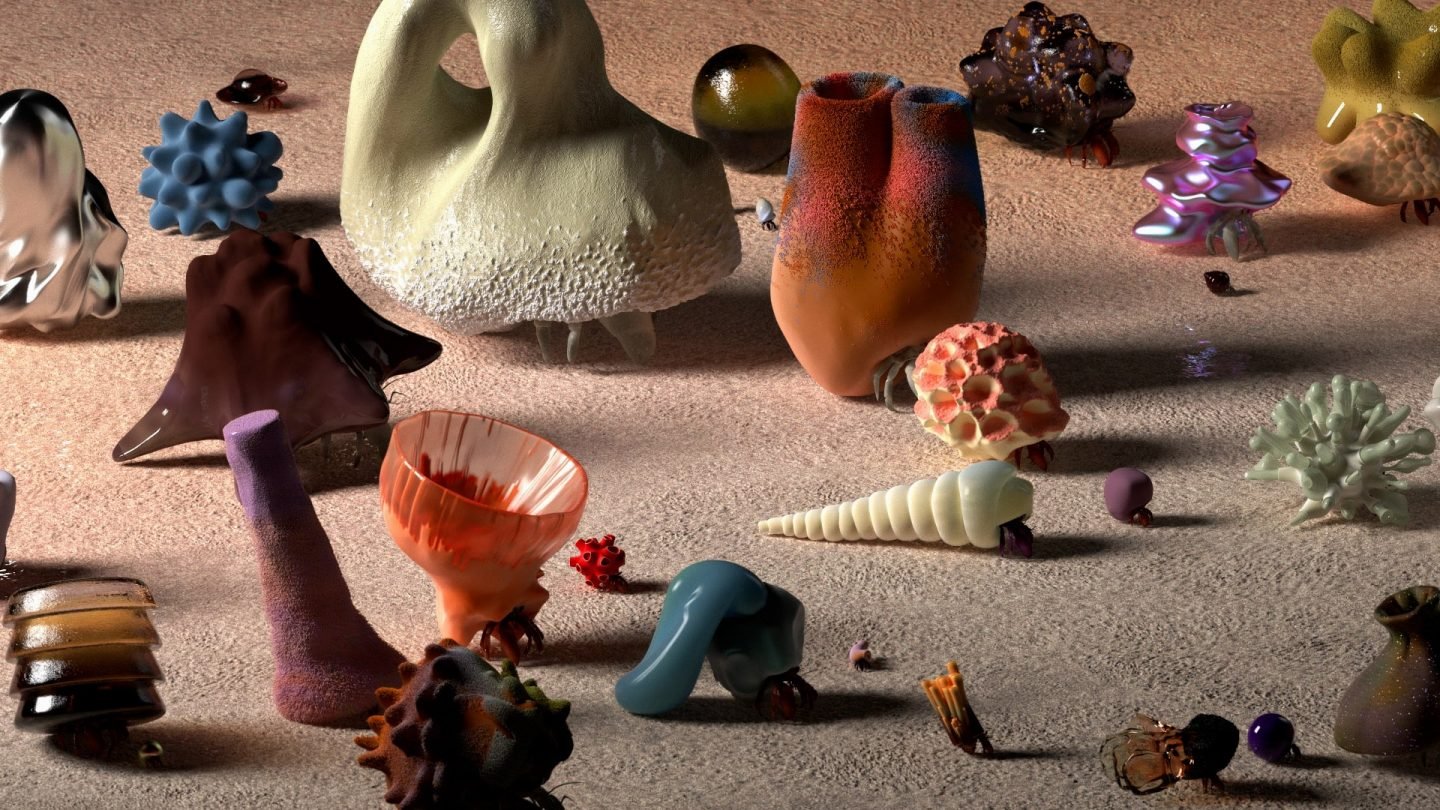
"We want to explore which human values are important to bring with us in the future, instead of letting technology itself define that for us"
Their skepticism is healthy and meant to enthuse all of us to dig for answers and changes. “Navigating digital worlds has shown us the importance of representation and the constant critical thinking you should have towards technology,” says Tim. “By working transdisciplinary and across mediums, we want to explore which human values are important to bring with us in the future, instead of letting technology itself define that for us.” Their recently premiered short film is a striking example of what we’ve learnt to be their ultimate core value. Flirting with the tone and structure of conventional nature documentaries, the film reimagines post-Anthropocene life, offering intriguing glimpses into how life may adapt to a new ecology on Earth in a distant future. “The animated film takes us into a desert-like world, soft and colorful, with new species exploiting a degrading layer of the planet’s crust by digging, foraging, and designing new homes,” explains Anny. Taking cues from recognisable forms, the fascinating work adds a digital quality to them, creating a captivating third field where the human is fully mixed with the digital. As the duo have repeatedly reminded us throughout our talk, it hints at “a state of mind-tickling symbiosis which expands the notion of what our reality is and might become.” A question, whose answer may be stored in reality’s own digital bits.
Visuals © Wang & Söderström


